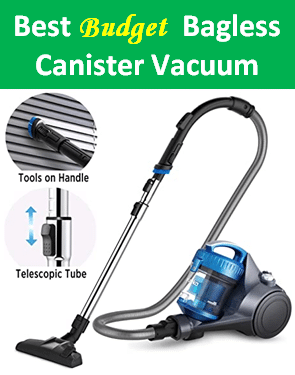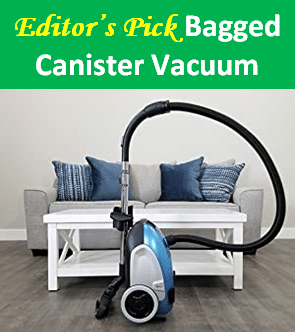Yes, you can vacuum bugs or other insects! Here are over five common insects you can get rid of with your vacuum cleaner, along with tips on how to vacuum them up. This article explains How to Vacuum 5+ Common Insects.
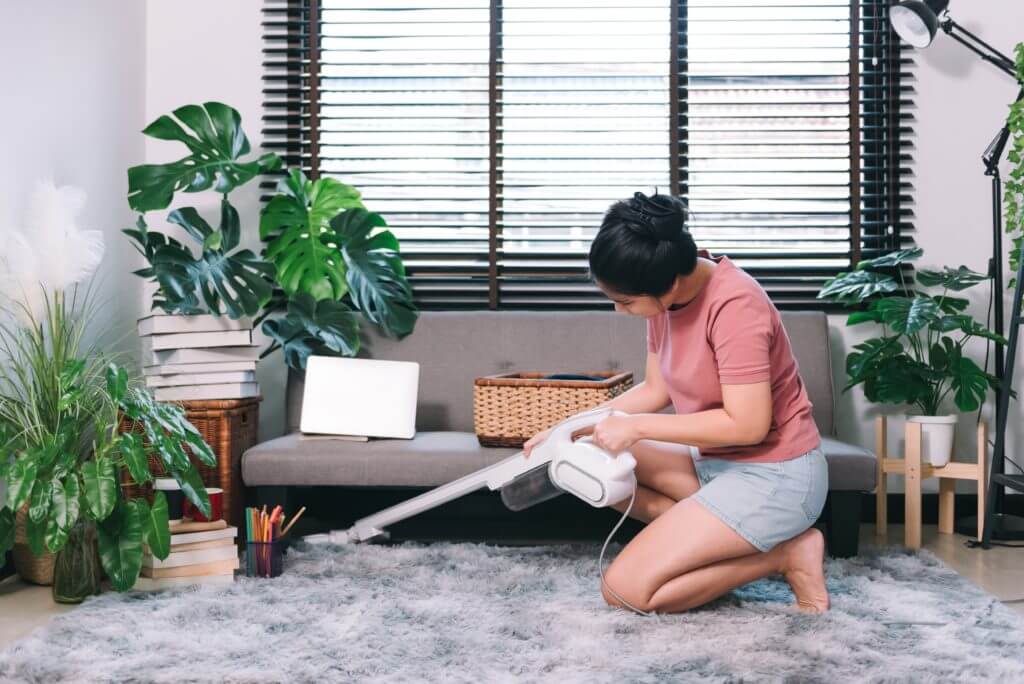
Why Should you get rid of some bugs or insects?
Some insects are pests because they cause damage to your home or property. Others, like fleas, can bite and transmit disease. Still, others, such as stink bugs, can release an awful odor when crushed. But no matter why you want to eliminate them, vacuuming is easy and effective.
What You’ll Need
- A vacuum cleaner with a hose attachment
- or a bagless vacuum cleaner
- A dustpan and brush (optional)
How to Vacuum Up 5 Common Insects?
Here are some common insects that almost everyone deals with:
1. Cockroaches
Cockroaches are one of the most commonly known pests. They are also one of the most reviled. These insects are characterized by their long, flat bodies and shiny, dark brown or black carapaces. Cockroaches are often found in homes, restaurants, and other commercial buildings. They can be a major nuisance, and they can also spread disease.
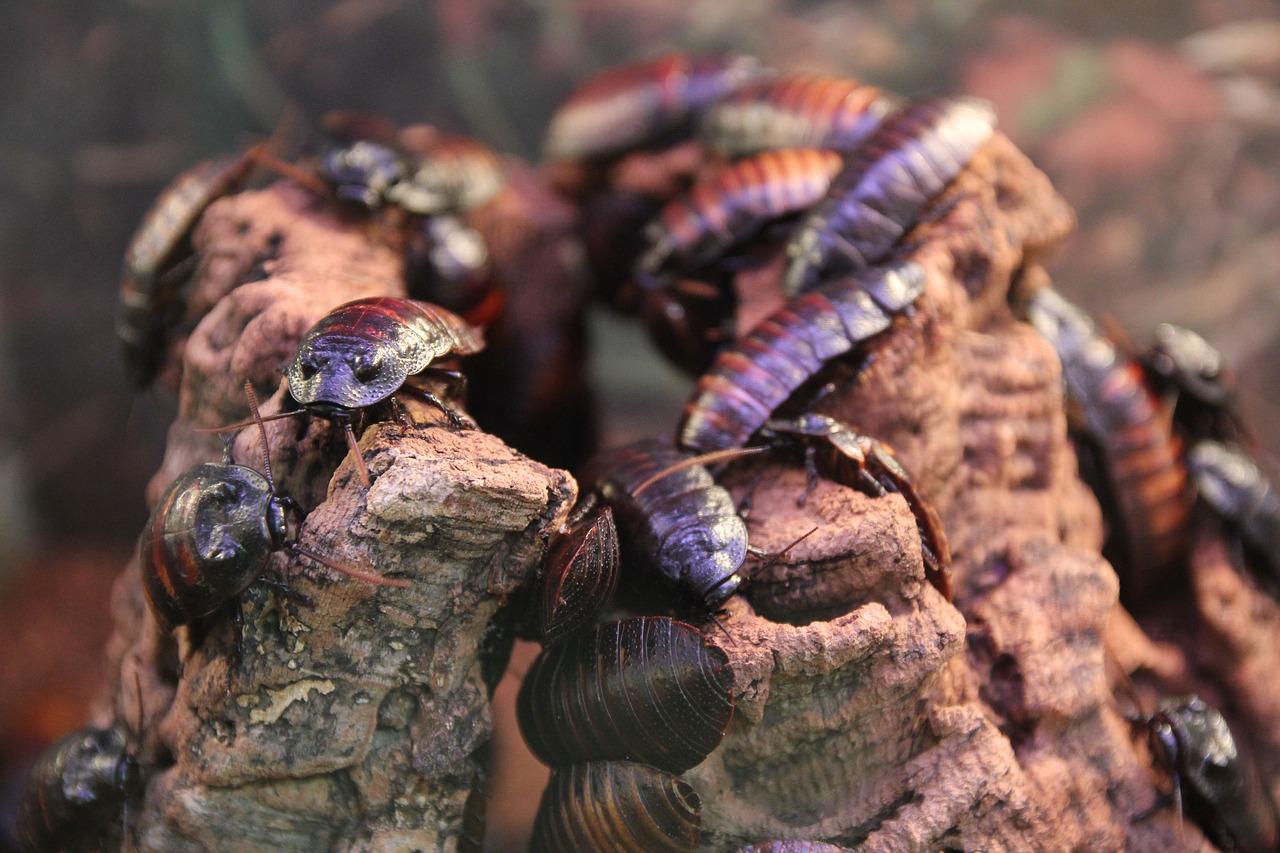
How to Vacuum Cockroaches?
These pests are fast, so it can be tricky to suck them up with a vacuum cleaner. The best bet is to position the vacuum nozzle directly over the roach and wait for it to crawl inside. Alternatively, you can try using a handheld vacuum to capture them.
2. Bed Bugs
Bed bugs are small, parasitic insects that feed on the blood of humans and animals. Bed bugs are not known to spread disease, but their bites can be itchy and uncomfortable. Call your local pest control company for help if you think you have bed bugs.
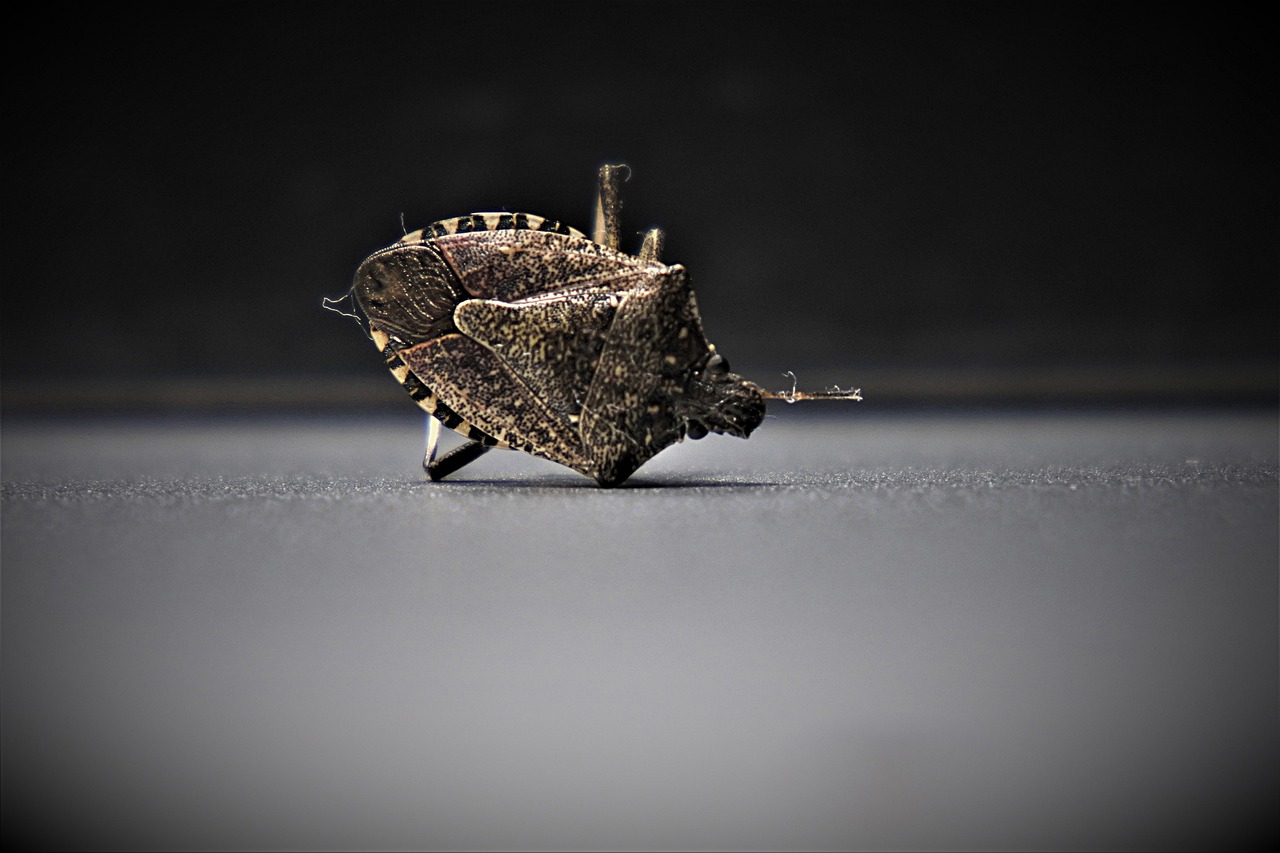
How to Vacuum Bed Bugs?
If you have an infestation of bed bugs, vacuuming is one way to get rid of them. Be sure to use a powerful vacuum with a HEPA filter, and focus on cracks and crevices where the bugs are likely hiding. Empty the vacuum bag after each session to prevent the bugs from crawling back out.
Can Bed Bugs Crawl out of the Vacuum?
Although seeing one exit a vacuum cleaner is unusual, they can crawl out.
3. Ants
Ants are small, hard-bodied insects that live in colonies. There are many different species of ants, and they can be found in nearly every part of the world. Some ants are harmless, while others can be dangerous pests.
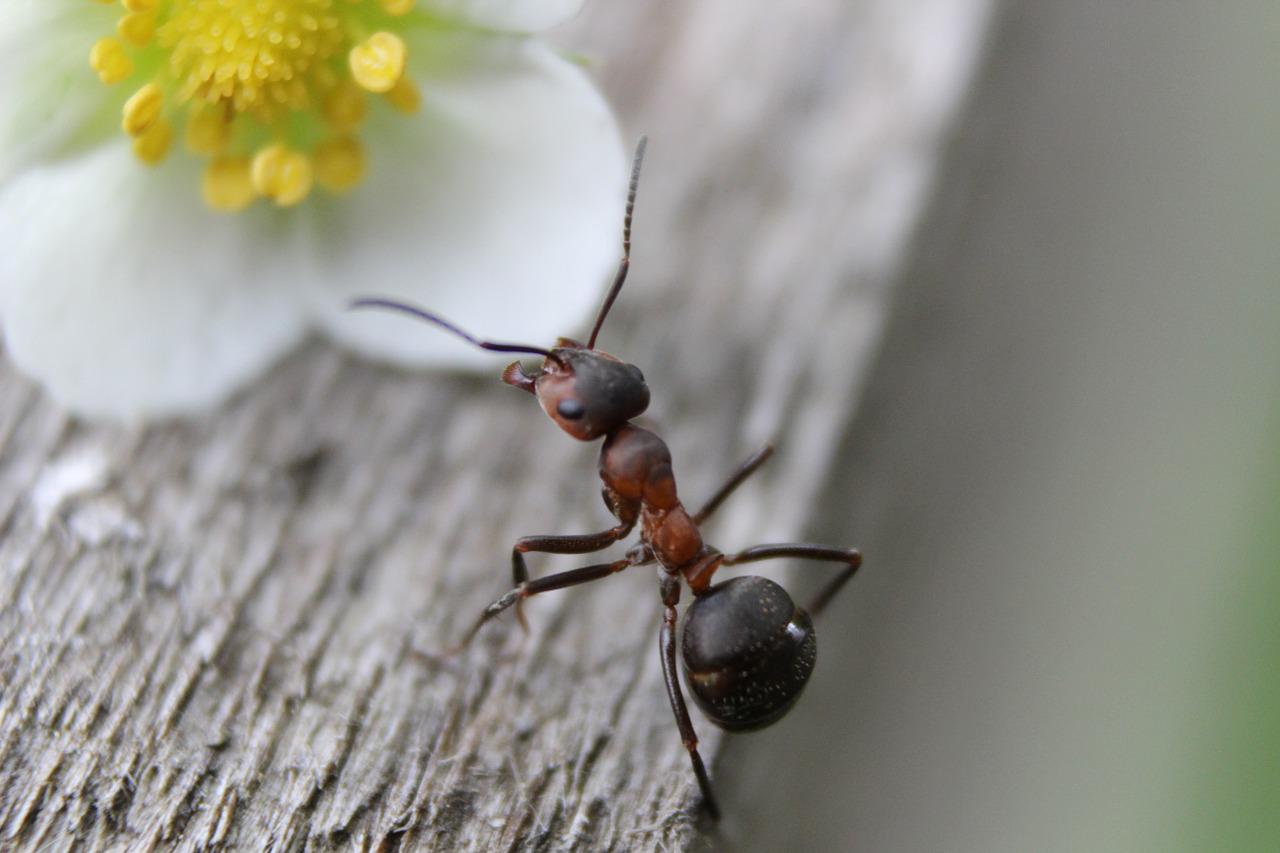
Ants are often considered nuisance pests because they can invade homes and other buildings in search of food. They can also cause damage to crops and gardens. Some species of ants can sting or bite, which can be painful and cause allergic reactions in some people.
How to Vacuum Ants?
First, identify their trail and position the vacuum nozzle over it to vacuum up ants. Then, turn on the vacuum and wait for the ants to be sucked up. You can also try using a handheld vacuum to capture them.
Can you vacuum all the ants at once?
Yes. Only if they are going in a single line.
4. Spiders
There are many different spiders, but they all have one thing in common – they spin webs to trap their prey. Spiders are not harmful to humans; most spiders eat insects that can harm us. However, a few species of spiders can cause harm to humans if they bite us, but these bites are rare and usually only cause minor irritation.
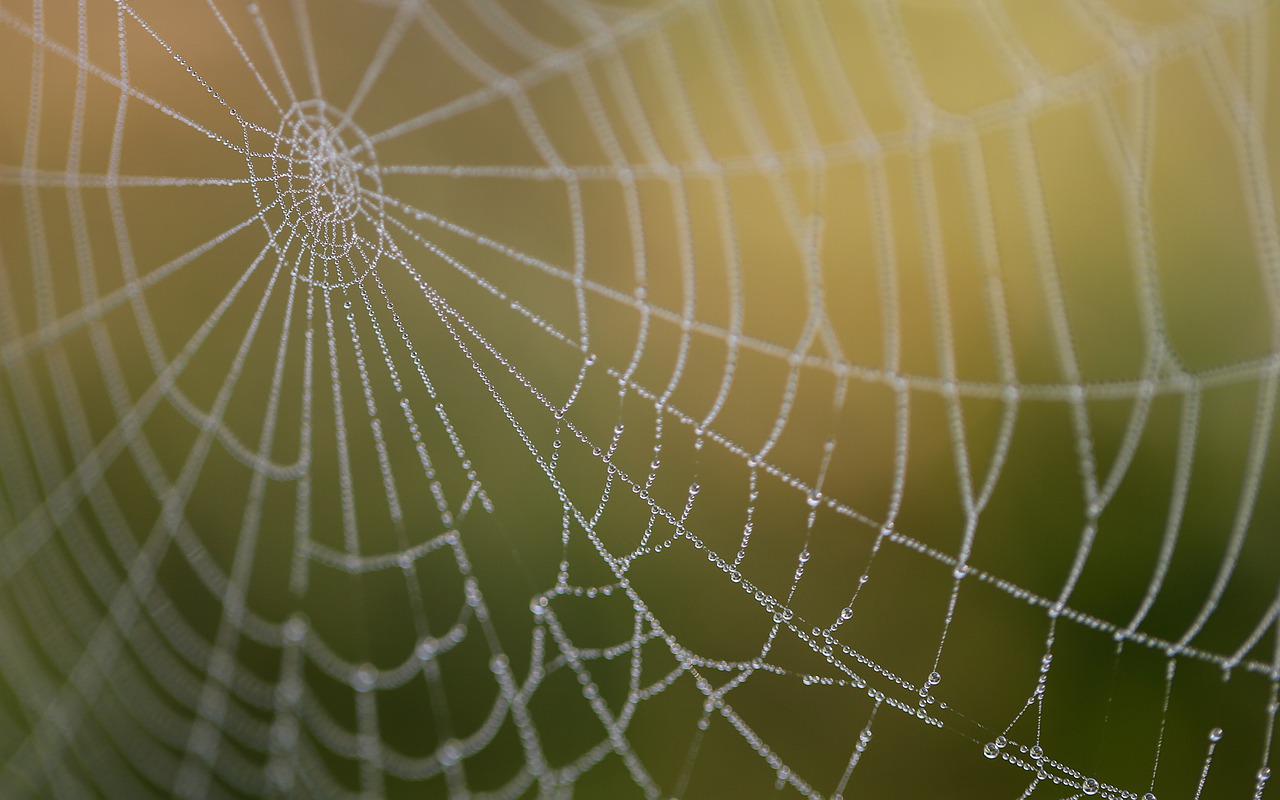
How to Vacuum Spiders?
Spiders can be vacuumed, but be careful not to damage the delicate legs. The finest approach to vacuum a spider is to put the nozzle of the vacuum over it and wait for it to crawl inside. Once it’s inside, turn on the vacuum and suck it up. Once it’s inside, turn on the vacuum to suck it up. Alternatively, you can try using a handheld vacuum to capture them.
5. Fleas
Fleas are small, wingless insects about 2.5 to 3 mm long. They are dark brown or black and have a hard, scaly body. Fleas thrive in warm, humid environments and can live for several weeks without a blood meal.
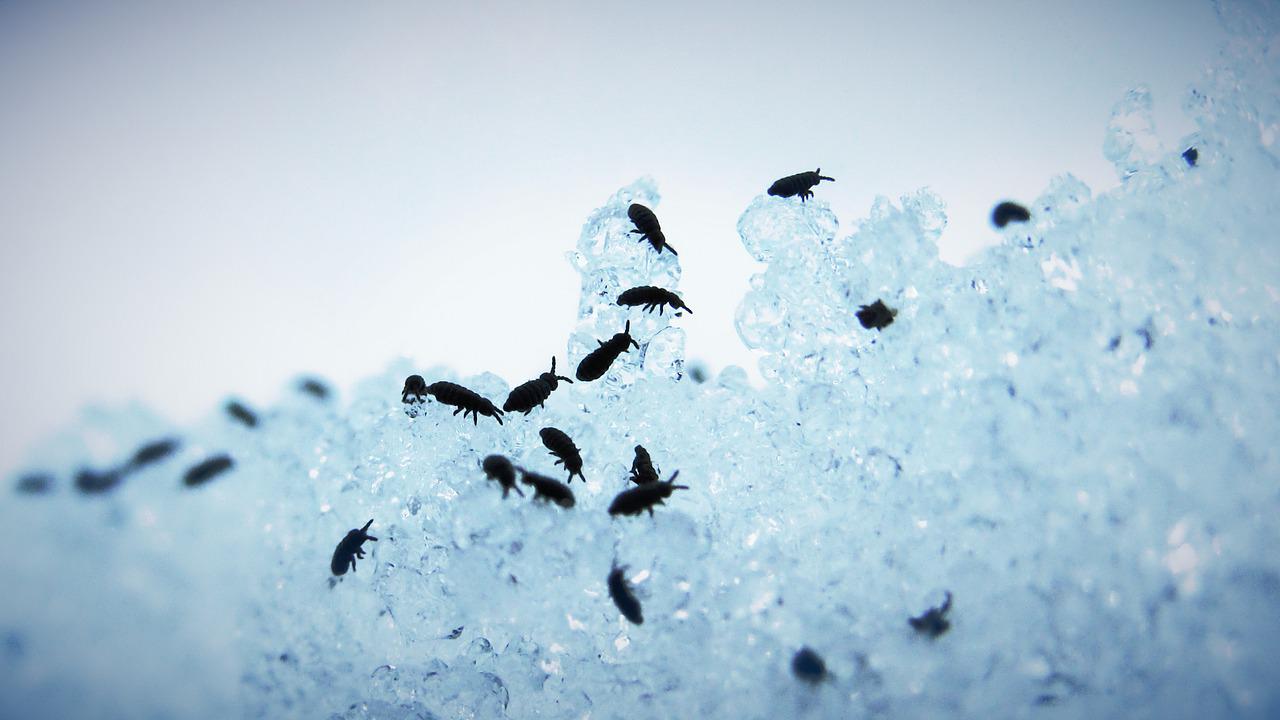
Fleas are parasites that feed on the blood of mammals and birds. They are capable of jumping long distances and can quickly move from one host to another. Fleas can transmit diseases to their hosts, including the bubonic plague and typhus.
How to Vacuum Fleas?
If you have a flea infestation, vacuuming is one way to help get rid of them. Be sure to use a powerful vacuum with a HEPA filter, and focus on cracks and crevices where the bugs are likely hiding. Empty the vacuum bag after each session to prevent the bugs from crawling back out.
Make sure to clean your vacuum after every time you vacuum insects.
Follow these tips, and you can easily vacuum up common insects!
To Vacuum Bees
The Bees aren’t that harmful, but they’re a pain to deal with. If you have a Bee problem, you should try vacuuming them. It’s not as difficult as it sounds, and it’s quite effective.
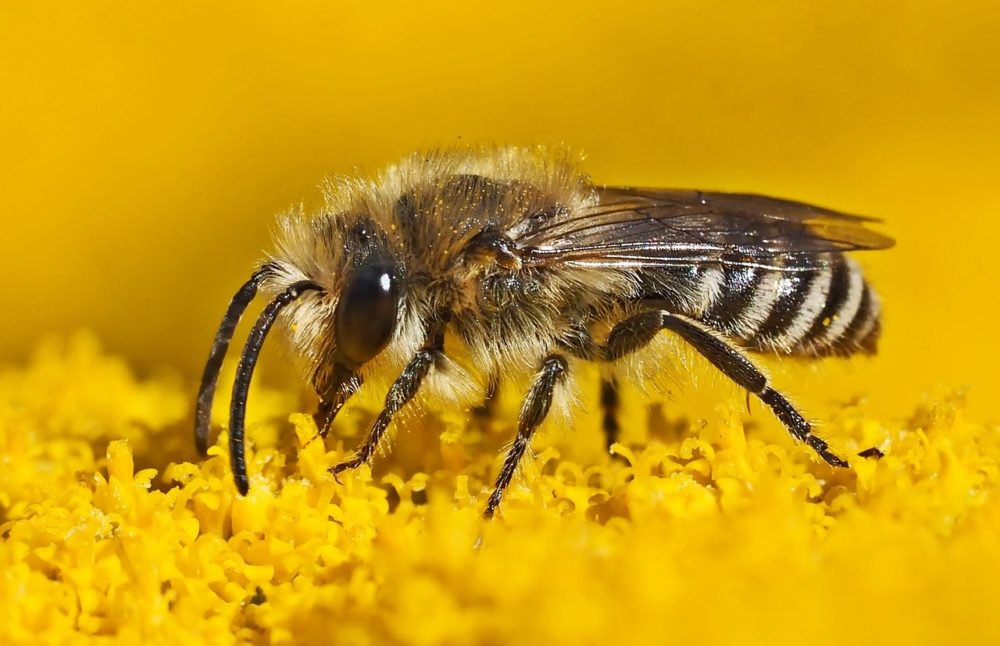
Carpenter Bees
These bees bore holes into wood, damaging your home’s structure. To vacuum them up, wait until they fly into their holes, then put the vacuum hose over the hole and turn on the vacuum. The bee will be sucked into the hose.
Bumble Bees
These bees are bigger than carpenter bees and usually nest in the ground. To vacuum them up, wait until they fly low to the ground, then put the vacuum hose over them and turn on the vacuum. The bee will be sucked into the hose. The bee will be in the hose.
Honey Bees
Honey bees are important pollinators, so you may not want to vacuum them. But if you must wait until they fly into their hive, put the vacuum hose over the hive entrance and turn on the vacuum. The bees will be sucked into the hose.
Some Flies to Vacuum
Flies like house flies or fruit flies are common pests in many homes. If you have a fly problem, you may be wondering how to get rid of them. One way to get rid of flies is to vacuum them up.

You can use a regular vacuum cleaner or a handheld vacuum to eliminate flies. Make sure to empty the vacuum bag after each use. You may also want to invest in a fly trap to help catch flies.
House Flies
To vacuum up a house fly, wait until it lands, then put the vacuum hose over it and turn on the vacuum. The fly will be sucked into the hose.
Fruit Flies
Fruit flies are small, so you may need a dustpan and brush to get them into the vacuum hose. Please wait until the fruit fly lands, then quickly swipe it into the dustpan. Alternatively, you can put a piece of tape over the fruit fly, pick up the tape with the fly, and put it in the vacuum hose. Turn on the vacuum to suck the fly into the hose.
Some Things to Remember
What things to keep in mind when vacuuming insects:
- Make sure to use a powerful vacuum with a HEPA filter.
- Focus on cracks and crevices where the bugs are likely hiding.
- Empty the vacuum bag after each session to prevent the bugs from crawling back out.
- Make sure to vacuum regularly to prevent infestations.
Summary of the Article
The article provides tips on vacuuming common insects, including fleas, carpenter bees, bumble bees, honey bees, house flies, and fruit flies. It is important to use a powerful vacuum with a HEPA filter and focus on cracks and crevices where the bugs are likely hiding. This article also explains How to Vacuum 5+ Common Insects. The vacuum bag should be emptied after each session to prevent the bugs from crawling back out. Vacuuming regularly is key to preventing infestations.
